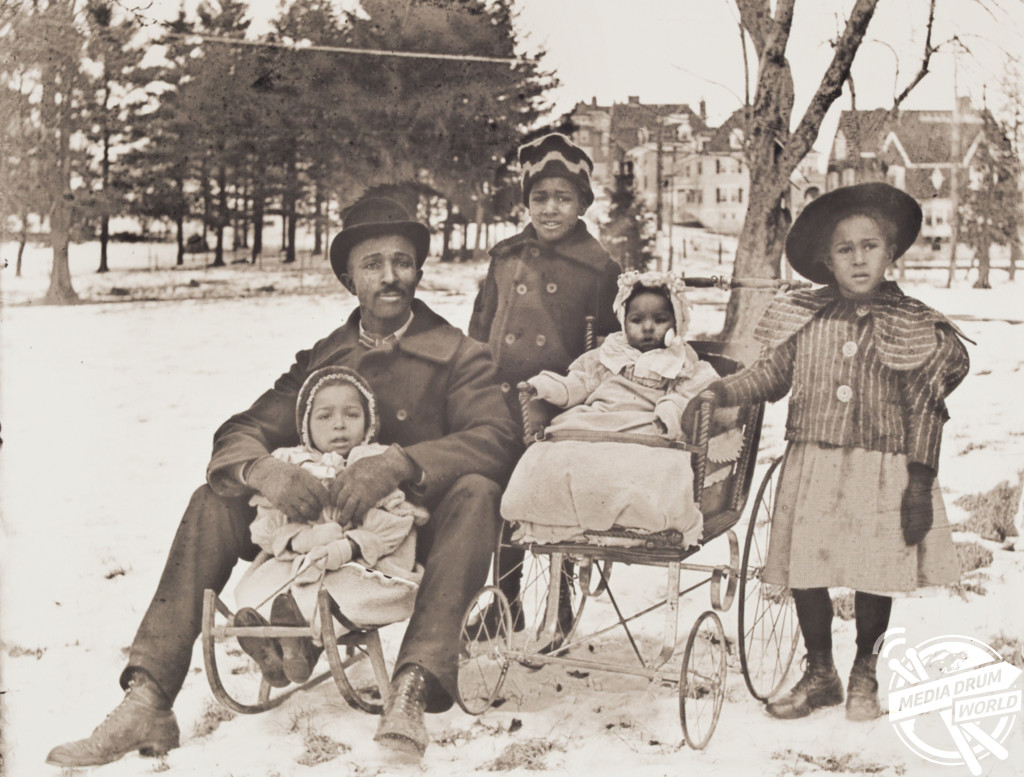
By Tom Dare
A SERIES OF FASCINATING pictures from a museum exhibition which tells the story of African Americans in the USA at the turn of the 20th century have been featured in a new book.
Images from the collection show various African American families from the early 1900s posing for family portraits, as they continue to come to grip with the freedom granted to them by President Abraham Lincoln 35 years earlier.
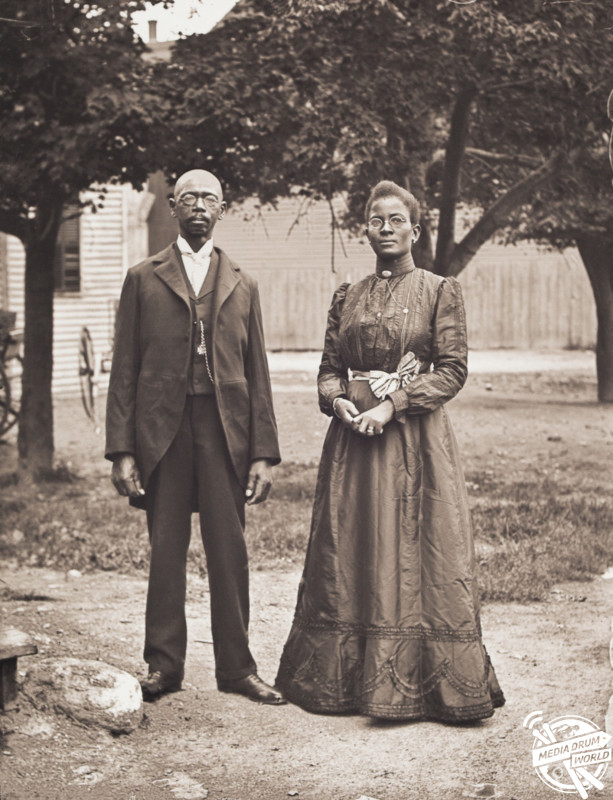
One shows a young boy resting his foot on the front step of his home, while another sees a father out sledding in the snow with his four children in Worcester, Massachusetts. The collection, titled ‘Rediscovering an American Community of Color: The Photographs of William Bullard’ is currently being displayed at Worcester Art Museum, MA, with a book featuring the photos set to be released on October 24.
Taken between 1900 and around 1912, the collection provides a unique window into an American community of colour following Civil War reconstruction, a period of African American U.S. history that is often overlooked.
The collection is co-curated by Nancy Kathryn Burns, the Museum’s Associate Curator of Prints, Drawings, and Photographs, who says that the pictures are far more than just another family photograph.
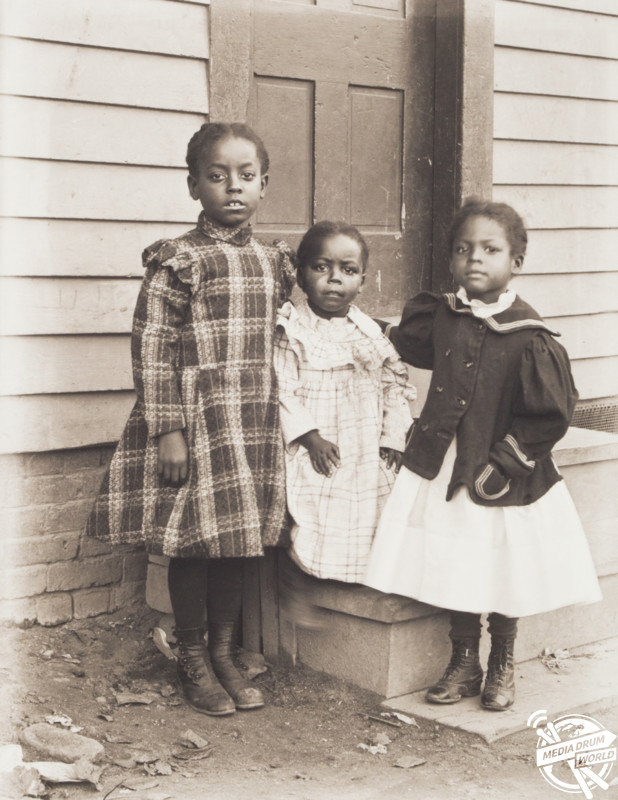
“William Bullard’s photographs show everyday people in their own settings, in their front yards, back yards, and parlors, capturing an important moment in their history and ours,” she says.
“While posed, many of his sitters demonstrate agency in the way they chose to engage with the camera. The fact that Bullard was a neighbor to so many of the people photographed, likely informs the more relaxed demeanor of several sitters, despite the fact that he was white.
“As much as they tell us about the subjects, they also speak to the popularization of photography among people of color at the turn of the century. Bullard’s work is an important connecting thread in the history of early twentieth century American vernacular photography.”
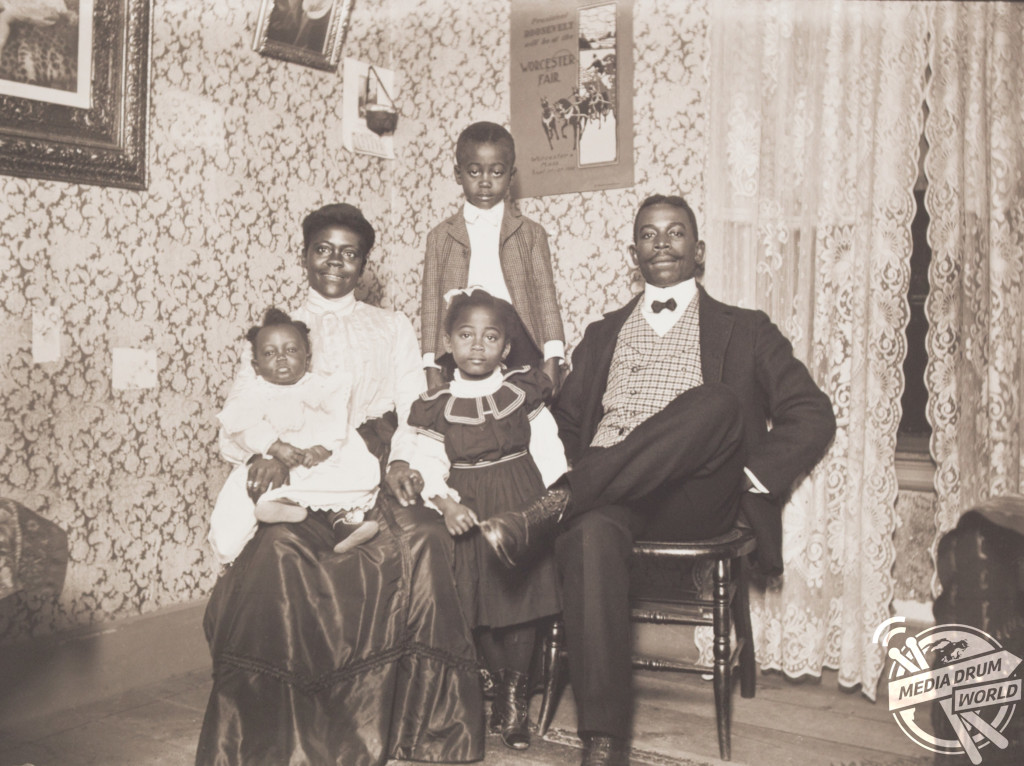
Taken primarily in Worcester’s Beaver Brook neighbourhood, the images offer a unique look at a community made up of Southern migrants, people of Native American descent and a handful of immigrants from the Caribbean. The detailed nature of Bullard’s logbook means that the descendants of most of the people pictured have also been tracked down to have their say, giving the stories behind the images.
One of these is Raymond Schuyler, pictured with his children in the snow in 1904. Schuyler moved to the area in 1887 for work, and was the oldest member of the Worcester Chapter of the National Association for the Advancement of Colored People (NAACP) when he died in 1956.
Another tells the story of siblings Rose, Edward, and Abraham Perkins. The three were the children of King Perkins, a South Carolina slave who fathered twenty-three children and died in 1912 at the age of 110. Migrating from Camden, South Carolina, the Perkins siblings resettled in Worcester, later aiding in the relocation of additional family members and neighbours to the city.
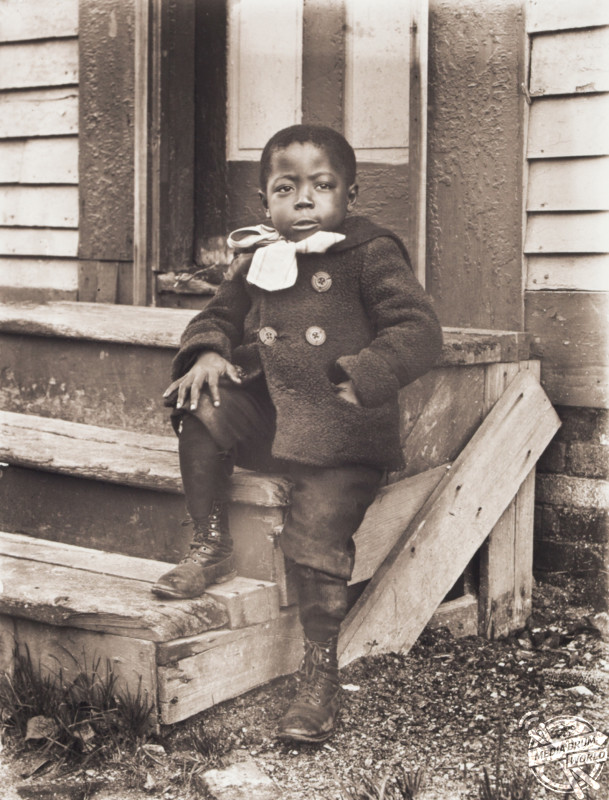
‘Rediscovering an American Community of Color: The Photographs of William Bullard’, is released on October 24, and can be purchased here: https://www.amazon.co.uk/Rediscovering-American-Community-Color-Photographs/dp/0998681733/ref=sr_1_24?s=books&ie=UTF8&qid=1507631130&sr=1-24&refinements=p_n_publication_date%3A182243031






